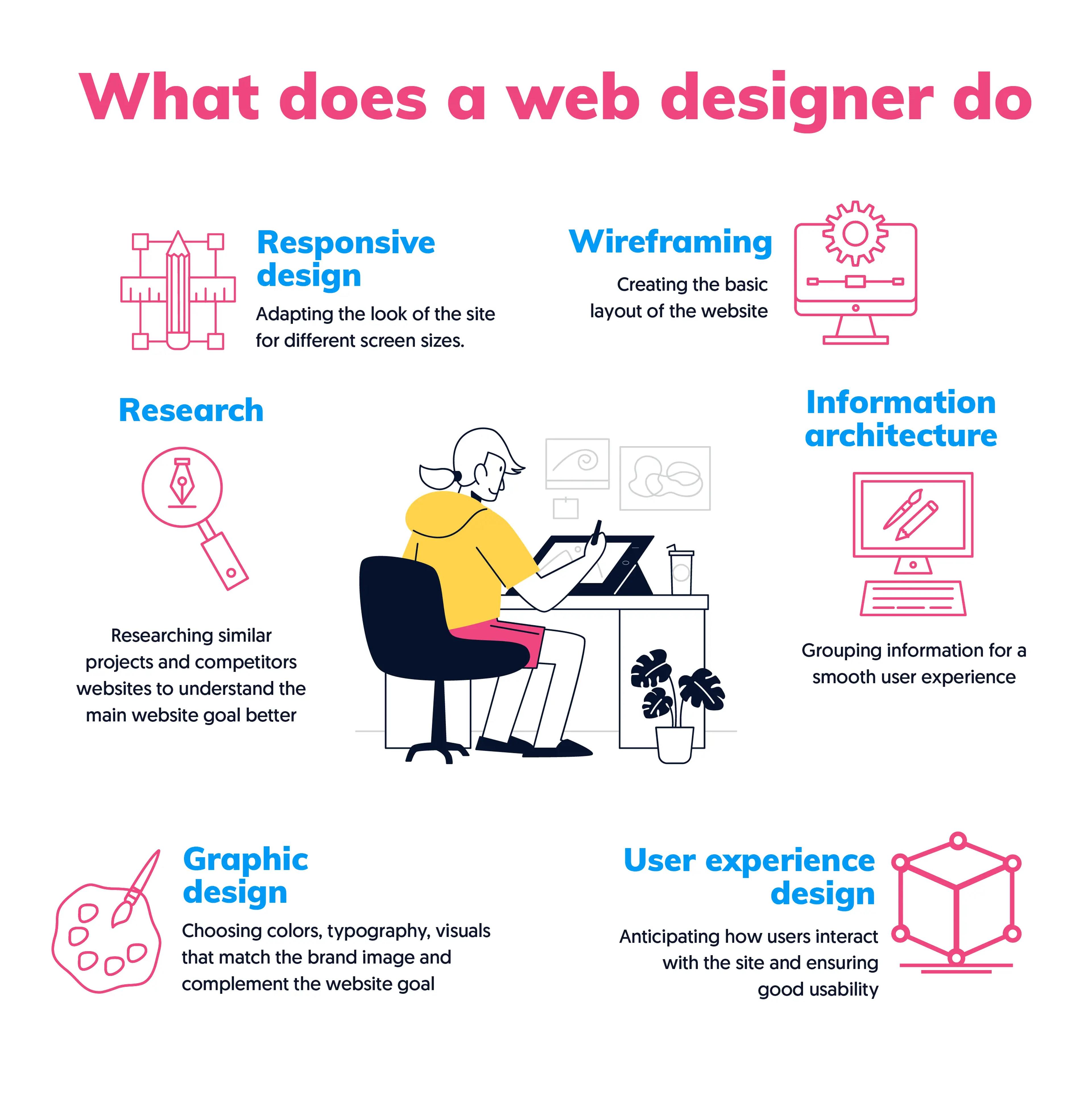Creative Internet Layout Solutions for Modern and Engaging Websites
In the world of web style, the search of contemporary and interesting services has actually come to be progressively crucial for services aiming to capture customer interest. By integrating bold color systems, interactive components, and responsive layouts, designers can produce experiences that not just reverberate with customers yet likewise enhance brand identification.
Embracing Vibrant Shade Plans
In website design, the calculated use of bold color pattern can significantly boost individual engagement and brand name identity. By using vibrant hues, developers can create aesthetically striking web sites that capture focus and promote a memorable experience. An appropriate color scheme not just reflects a firm's values yet likewise stimulates particular feelings that can influence customer habits.
Bold shades can be employed to lead users' focus to crucial elements such as calls to activity, enhancing conversion rates. Using contrasting colors for switches and links can make these aspects stand out, motivating users to engage even more readily. Moreover, a cohesive color plan throughout the website strengthens brand name acknowledgment, creating a sense of experience and trust fund among site visitors.
However, it is vital to stabilize vibrant shades with adequate white space to prevent frustrating individuals. Reliable use typography also matches strong colors, making sure readability while keeping aesthetic allure. Inevitably, welcoming vibrant shade schemes in website design not only elevates aesthetic quality but also plays an indispensable function in accomplishing critical service objectives, making it an essential consideration for modern internet growth.

Utilizing Interactive Components
Interactive aspects are essential in modern-day web layout, as they considerably boost individual engagement and develop a much more vibrant browsing experience. By including features such as computer animations, float impacts, and clickable components, sites can motivate users to explore material better and return for future visits.

Micro-interactions, such as refined computer animations when a button is clicked or a form is sent, can also boost the individual experience by supplying instant feedback. These tiny information can make the site feel even more responsive and alive, cultivating a sense of connection in between individuals and the site.
Additionally, gamification components, such as benefits for finishing particular activities, can motivate individuals to involve with the content extra deeply. By thoughtfully incorporating these interactive parts, web developers can create an unforgettable and interesting online experience that reverberates with customers and encourages them to return.
Carrying Out Responsive Layout
Implementing responsive layout is essential in today's multi-device landscape, making sure that websites offer an optimum watching experience across different display dimensions. As users progressively access the web via smartphones, tablets, and desktops, a one-size-fits-all technique is no much longer viable. Responsive design enables smooth navigating and interaction, adjusting format and web content to fit the tool being used.
Key principles of responsive style include fluid grids, versatile pictures, and media questions. Fluid grids utilize family member systems, such as portions, instead of dealt with pixels, making it possible for components to resize proportionately. Adaptable photos range within their having components, protecting against overflow and maintaining visual integrity. Media queries help with the application of different styles based upon the tool's features, such as size, elevation, or resolution, enabling designers to tailor the user experience properly.
Moreover, receptive layout improves SEO efficiency, as internet search engine favor mobile-friendly websites. By carrying out responsive layout, services not only improve customer complete satisfaction and engagement yet likewise increase their reach in an affordable digital landscape. As technology remains to advance, adopting responsive style has actually ended up being a basic technique for any type of modern-day and appealing website.
Incorporating Multimedia Content
Multimedia web content plays an important duty in producing interesting and dynamic internet experiences that catch customers' interest and boost understanding. By combining message, images, sound, and video clip, web sites can supply a richer narrative that allures to different finding out styles and choices. This assimilation not only boosts user interaction yet also aids in sharing complex ideas succinctly.
Including top quality photos and infographics can damage up textual content, making it a lot more absorbable. Video clip tutorials and discussions can provide extensive understandings that fixed web content might not fully communicate. Audio aspects, such as podcasts or history songs, can additionally boost the atmosphere of a web site, producing an extra immersive experience.
Moreover, the strategic use of multimedia can improve SEO performance, as online search engine favor diverse material types, enhancing exposure. It is crucial to ensure that multimedia elements do not prevent web page tons times, as this can lead to individual disappointment. By balancing multimedia integration with performance factors to consider, internet developers can produce visually appealing and useful web sites that resonate with users, fostering a much deeper link and encouraging return gos to.
Prioritizing Customer Experience

To achieve an optimal customer experience, developers need to focus on several vital concepts. Clear phone calls to action, readable typography, and arranged material guide customers, lowering cognitive tons.
Inevitably, prioritizing UX not just boosts individual contentment however additionally drives engagement and conversion prices, making it a critical aspect of modern-day web style strategies. By putting customers at the facility of design initiatives, internet sites can create enduring, favorable impressions that motivate return brows through.
Conclusion
Finally, modern-day website design options that emphasize bold color pattern, interactive components, receptive design, and multimedia material substantially boost user engagement and fulfillment. Focusing on customer experience via clear layouts and continuous feedback even more adds to enhanced conversion prices. By taking on these approaches, websites can effectively captivate visitors and reinforce my site brand identity, ultimately imp source resulting in a much more dynamic and appealing on the internet existence. The combination of these style principles is important for accomplishing modern web design objectives.